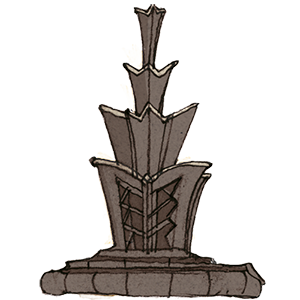22
The Queen of All Fruits
The year 1492 has a special significance in the transition from the Middle Ages to the Early Modern Period: the Reconquista ends with the fall of Granada and as a result Columbus sets off for the Indies and lands on large islands off the American continent. From his first voyage he brought back, among other things, crates full of exotic fruit from Guadalupe. But while the potatoes didn’t mind the long journey, he was less fortunate with a load of pineapples: only by chance did a few survive, some say that it was only the one the explorer presented to King Ferdinand. This fruit was beautiful in its perfect symmetry, resembled a pine cone and was therefore affectionately called piña. The enthusiasm knew no bounds and one aficionado even went so far as to claim that only the divine Venus was worthy of picking the Queen of Fruits.
Of course, it wasn’t just the crown-like tuft and golden color that made them so precious. Pineapples remained an absolute rarity until the 17th century, because it took until then for a gardener – it was the one of the English King Charles II – to present his master with a ripe fruit grown in a greenhouse, later called a pinery. Other pineapple lovers had to suffer longingly, as voyages by ship from the indies were still far too long for imports and most of the fruit arrived inedible. Curiously, the shortage in England led to individual specimens being borrowed and presented as the highlight of a feast, only to be sent to the next party by a servant after being sufficiently admired.
It is not known whether the architects of the New Grassi Museum were remembering these times of glory when they placed a golden pineapple on the rather plain Art Deco building. But it is known that Franz Dominic Grassi made his fortune, which he largely bequeathed to the city of Leipzig and from which this building was financed, in parts from trading in tropical fruits.